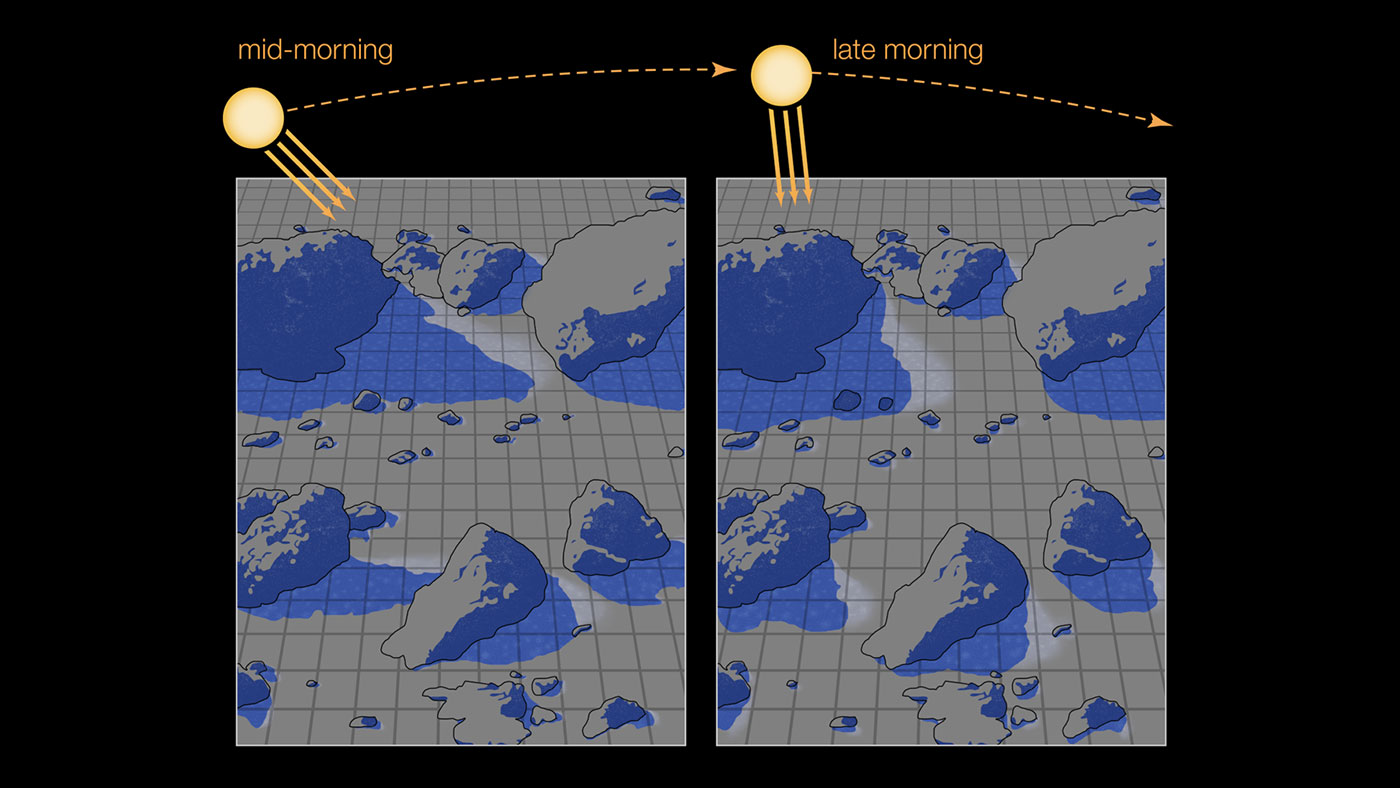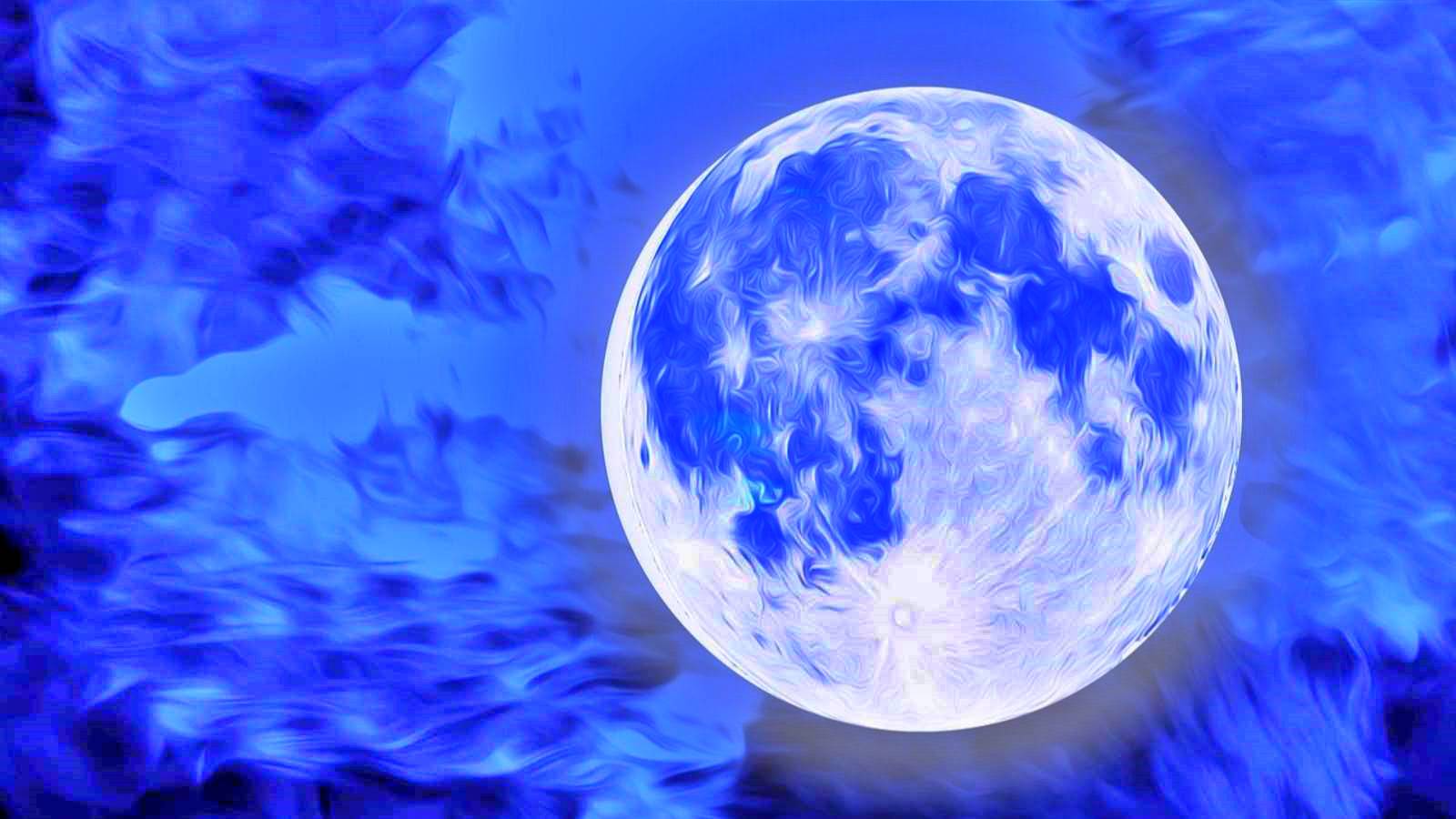LUNA revine in atentia lumii intregi multumita unui uimitor anunt extrem de important care va avea si un impact foarte serios pentru intreaga omenire in cursul urmatorilor ani, iar cei de la NASA au dezvaluit totul. Mai exact, cei de la NASA vorbesc despre importanta pe care o au umbrele pe luna, in zonele acoperite de acestea acumulandu-se gheata care ar putea fi transformata in viitor in apa pe care astronautii sa o poata folosi pentru viitoarea baza lunara.
LUNA a fost in centrul unei analize foarte detaliate facute de catre americanii de la NASA, ei uitandu-se cu foarte mare atentie la zonele umbrite de pe satelitul natural al Pamantului, in special in cratere. Este arhicunoscut faptul ca in craterele de pe luna exista gheata pentru ca lumina soarelui nu patrunde vreodata in ele, dar acestea nu sunt singurele zone de pe satelitul natural al Pamantului in care s-a acumulat gheata de-a lungul timpului, ea fiind foarte importanta pentru viitoarele misiuni cu astronauti.
LUNA: Anuntul UIMITOR, Descoperirea Importanta pentru Oameni

LUNA a avut de ceva vreme gheata detectata la polii sai, lucru pe care oamenii de stiinta l-au putut confirma fara probleme, dar exista multe alte zone pe satelitul natural al Pamantului care ascund gheata. Aceste zone se afla si la distante foarte mari de polii pe care-i are luna, iar lipsa unei atmosfere care sa distribuie caldura soarelui pe suprafata obiectului cosmic este o alta explicatie pentru existenta acestor zone cu gheata care pot fi exploatate.
“Cu peste un deceniu în urmă, nava spațială a detectat posibila prezență a apei pe suprafața zilei a Lunii și acest lucru a fost confirmat de Observatorul Stratosferic al Astronomiei Infraroșii (SOFIA) al NASA în 2020 ”, a declarat Björn Davidsson, un om de știință de la Jet Propulsion Laboratory al NASA. California de Sud. Aceste observații au fost, la început, contraintuitive: apa nu ar trebui să supraviețuiască în acel mediu dur. Acest lucru ne provoacă înțelegerea suprafeței lunare și ridică întrebări interesante despre modul în care volatilele, cum ar fi gheața de apă, pot supraviețui pe corpuri fără aer. Frostul este mult mai mobil decât apa prinsă. Prin urmare, acest model oferă un nou mecanism care explică modul în care apa se mișcă între suprafața lunară și atmosfera lunară subțire.”
LUNA are zone in care umbra mentine temperaturi de pana la -210 de grade Celsius, in imediata lor vecinatate aflandu-se zone in care temperaturile ajung la 120 de grade Celsius din cauza soarelui. Aceste diferente uriase de temperatura sunt regasite si in afara cratelor care exista pe luna, iar oamenii de stiinta le studiaza cu atentie pentru ca e uimitor cum pot exista zone de acest gen unele langa altele fara ca gheata sa fie topita in vreun fel.
LUNA este vizata de foarte multe misiuni in urmatorii ani, oamenii de stiinta incrcand sa readuca astronautii pe luna si sa faca baze lunare care au nevoie, printre altele, si de apa, care ar putea fi dezghetata acolo.






















